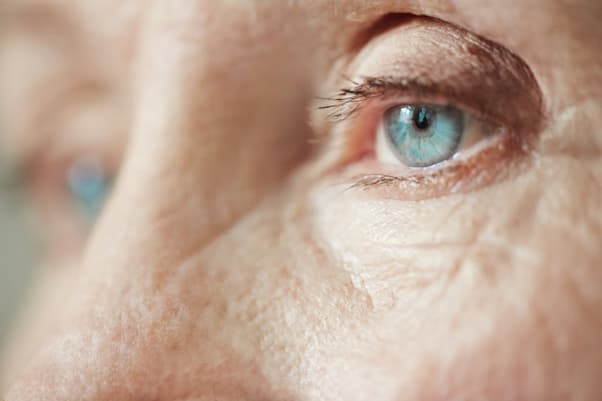
A group of Chilean scientists They have created an innovative early diagnosis system for detecting Alzheimer’s disease through the eye. This progress was recently published by the journal Scientific Reports From temper nature.
This scientific progress has been made by a multidisciplinary group of Chilean experts Joaquín Araya Arrigada, Sebastian Garay, Cristobal Rojas, Claudia Duran Añós, Adrian Palacios, Max Chacon and Lionel Medina. Those responsible for this progress explained that through “mathematical modeling” it was possible to prove the relationship “Between the function of electrical activity and the early presence of this type of dementia”.
Specifically, the study group used mathematics to “model” a concept called “complexity”. “Complexity” is the way in which electrical communication between neurons is regulated, and this tends to decline with age or disease. When a visual stimulus is applied to the eye, “neurons interact and act in a certain way, they connect and emit electrical signals with each other.”
To demonstrate that the eyes can be a means of early diagnosis of the disease, Two groups of mice were used: one group that was healthy and the other that had been genetically modified to develop Alzheimer’s disease. Using visual stimuli of these animals, the electrical activity of the retina was measured. “This electrical activity, over time, maps a pattern to which we apply the entropy measurement that allows us to estimate levels of complexity.Cristóbal Rojas, Researcher and Professor at the Institute of Computational and Computational Engineering at the Pontifical Catholic University of Chile (IMC) third.
“This study reveals the reduction in complexity that will appear earlier. Soon after, the tau protein begins to be present in the retina, which manifests itself when Alzheimer’s disease begins to develop. It is not a predictor of disease, but a much earlier diagnosis than can be analyzed by symptomsRojas said.

stimulation results
When visual stimulation was applied to mice, it was found that those with Alzheimer’s disease “It exhibits lower complexity than healthy young mice.”
“What we observed is that mice, whether they are older or with Alzheimer’s disease shows lower complexity than healthy young mice. Therefore, at least we were able to find evidence that this tool can be used to distinguish between these two groups and make an early diagnosis.‘ said Rojas, who also emphasized that the above could beEvidence for a possible way to diagnose this type of dementia early“.
Although there is still a long way to go to practice this on humans, It is believed that people’s visual stimulus should be in front of these visual stimuli for a while, Thus building a pattern of electrical activity in the retina. “In this way, ranges that are considered “normal” or diseased, at a given age, can be determined.. But for this, it is necessary to understand well the evolution of the complexity pattern over time”, concluded Rojas.
Read on:

“Beeraholic. Friend of animals everywhere. Evil web scholar. Zombie maven.”
